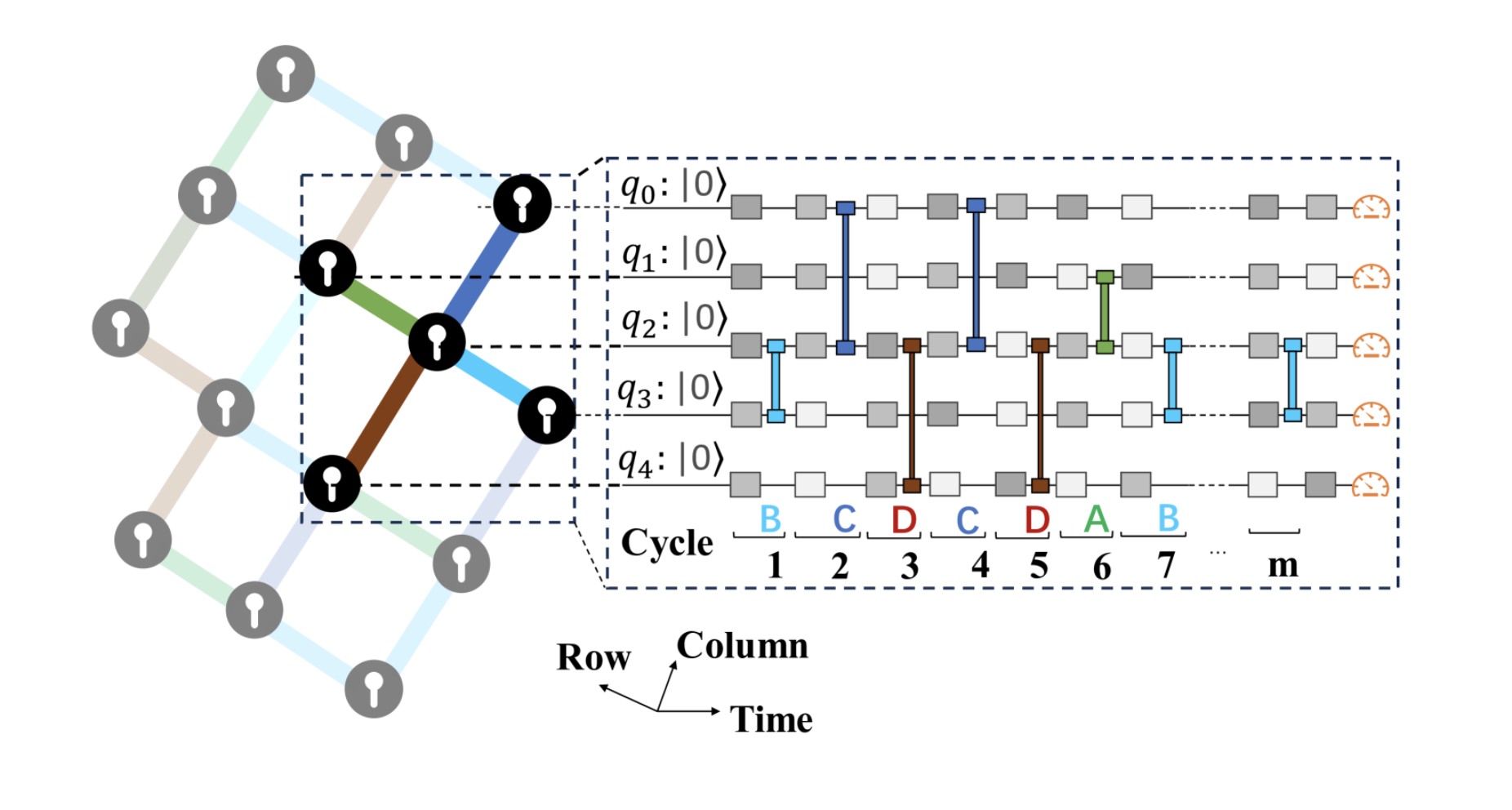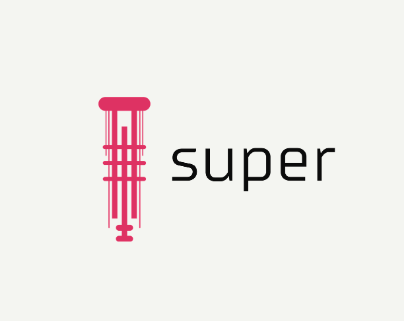Insider Brief
- Researchers from the Shanghai Artificial Intelligence Laboratory in China have demonstrated that their classical computing system can execute a complex computation faster and more energy-efficiently than Google’s Sycamore machine.
- The team used their classical device to handle a task similar to the one made famous in Google’s 2019 quantum supremacy experiment.
- Experts suggest the results of the experiment show both the need to rigorously evaluate quantum advantage claims and continuously push classical and quantum computing innovation.
A classical computer has outperformed a quantum computer in a task that was once thought to be fit only for a quantum machine. Researchers from the Shanghai Artificial Intelligence Laboratory in China have demonstrated that their classical computing system, leveraging over 2300 Nvidia A100 GPUs, can execute a complex computation faster and more energy-efficiently than Google’s quantum processor Sycamore — at least the version that took part in that 2019 study.*
While it may seem like a winner-take-all Battle Royale between classical computers, supercomputers and quantum computers, scientists say this is just the type of innovation needed to stoke competition and drive more innovation for all computational approaches.
A Showdown, Not a Slowdown
A little background — In 2019, Google’s Sycamore quantum computer made headlines by achieving what was called quantum supremacy, performing a calculation in 200 seconds that would take the world’s fastest supercomputer — at the time — 10,000 years. This achievement was hailed as a landmark moment that demonstrated that it was possible for quantum computers to solve problems beyond the reach of classical systems.

However, the idea of quantum supremacy may inaccurately give the idea that innovations in classical hardware design, algorithms and other techniques will remain static. In fact, the rapid advances in classical computing algorithms and hardware have since narrowed the gap.
In a recent study, published on the pre-print server arXiv, researchers led by Rong Fu have achieved impressive results using classical computing power. Their system completed a computational task — the simulation and sampling of random quantum circuits (RQC), similar to Google’s supremacy experiment — in just 14.22 seconds, consuming 2.39 kilowatt-hours (kWh) of energy.
In another configuration, they managed to execute the same task in 17.18 seconds while consuming only 0.29 kWh.
The Hardware Behind the Achievement
According to the paper, the classical computing system used over 2300 Nvidia A100 GPUs, some of the most advanced classical computer chips available, interconnected to create a massively parallel processing system. Each A100 GPU, equipped with 80GB of memory and peak FP16 Tensor core performance of 312 teraflops (TFLOPS), played a crucial role in handling the computation. The GPUs within each node were interconnected via NVLink, providing a unidirectional speed of 300 GB/s, while nodes were connected via InfiniBand with a unidirectional speed of 100 GB/s.
This configuration allowed the researchers to overcome memory constraints and computational bottlenecks typically associated with large-scale tensor network simulations. By implementing a three-level parallel scheme and a hybrid communication approach, they significantly reduced the overhead costs of handling large tensors, achieving unprecedented scalability and efficiency. For clarity, a three-level parallel scheme involves each node processing part of the task independently (node level), multiple processors or GPUs within each node working together (intra-node level), and different nodes coordinating to combine their results (inter-node level).
The results achieved by the Shanghai team challenge Google’s initial claim of quantum supremacy. Google’s Sycamore completed its task in 600 seconds with an energy consumption of 4.3 kWh. In contrast, the classical system not only completed the task much faster but also used less energy, highlighting the potential for classical computers to keep pace with, and even surpass, quantum systems under certain conditions.
An article in New Scientist provides additional context: According to Christopher Monroe at the University of Maryland, claims of quantum supremacy are often “over the top,” and the real value of quantum computers will come from practical applications that serve users, regardless of whether similar tasks can be performed on classical machines.
“It’s no surprise that there are esoteric cases where a programmable quantum system can solve some problem that we cannot solve using regular computers,” Monroe tells New Scientist. “But for valuable quantum computing, all that’s needed is a user base that demands to use quantum computers for some application – even if it’s possible to do it using regular computers.”
Josh Nunn, from the quantum computing start-up Orca Computing, told the magazine, “The 2019 paper stands in that it was a supremacy result based on known classical methods at the time.”
He emphasized that the arms race between quantum and classical machines is valuable for spurring innovation. However, he also pointed out that each claim of supremacy and subsequent counter-claim should be scrutinized to ensure the technology’s capabilities justify the investment.
Future Implications
The success of the classical computing system in this instance does not diminish the potential of quantum computing. As quantum technology continues to develop, it is expected to improve exponentially faster than classical systems. Google’s principal scientist, Sergio Boixo, noted in 2022 that while classical algorithms have improved, quantum circuits are expected to maintain their edge as quantum technology advances.
As the scientists mention, the Shanghai team’s work shows the necessity of evaluating quantum advantage claims rigorously and continuously pushing the boundaries of both classical and quantum computing.
However, their techniques, particularly in handling large-scale tensor networks, have broader applications beyond the specific task at hand. In fact, these methods could be extended to various fields, including — somewhat ironic in a scientific sense — quantum computing simulation, condensed matter physics and combinatorial optimization, potentially solving complex real-world problems more efficiently.
* Added a clarification to reflect that a much earlier version of Sycamore is used in the comparison, not current version, which is an important distinction.

















